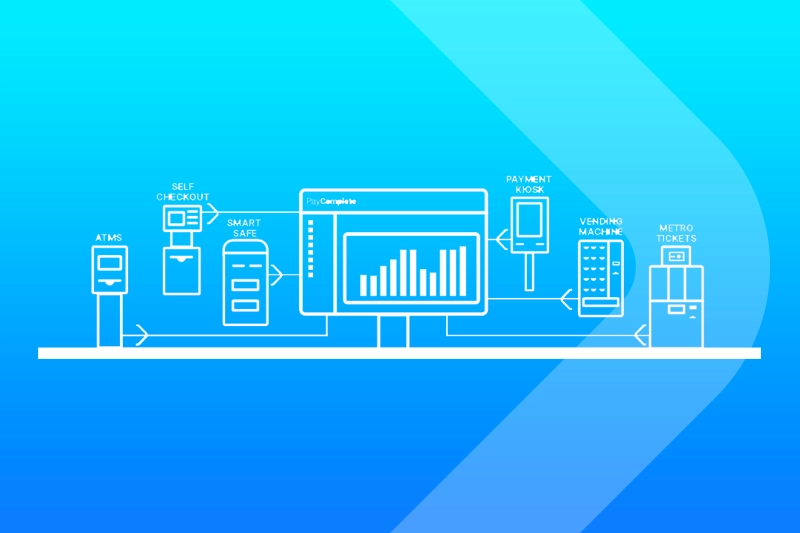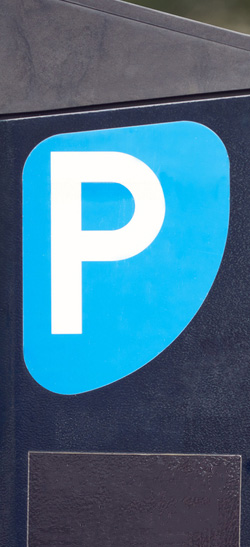A cash float in retail is the amount of cash kept in the cash register at the start of the working day. It aids overall efficient and smooth cash flow including the easy provision of change to customers.
Calculating the current cash float during daily operations is important as it helps in financial projections and accurately reveals upcoming liabilities.
This blog will cover a general overview of cash floats with a particular focus on cash float management. It will also cover the benefits and pitfalls of maintaining a cash float in a retail business.
Types of Cash Floats
Disbursement Float
A disbursement float is when a check is issued but is yet to be cashed by the receiving end. This means the issuer’s account balance appears higher as the check is not fully cashed.
The issuer will actually have less money readily on hand than what is displayed on the bank account balance.
Collection Float
The opposite of a disbursement float. A collection float refers to when a recipient has acquired a payment, often in form of checks.
Check processing delays from the bank means it has not been cashed into the recipient account yet. So, they have a lower account balance than what is owed.
Net Float
The net float is the sum total of all the various cash floats. It gives a better understanding of temporary discrepancies in a company account and how this impacts the in goings and outgoings of company cash flow.
Enterprise businesses managing money transfers may experience cash float as funds remain in intermediary accounts for a few days before reaching their final destination.
What is a Petty Cash Fund?
A petty cash fund is a small amount of readily available physical cash. Typically, a designated amount. It is used for minor expenses for business operations.
When not documented well it can become a part of the cash float.
In retail it is different from a cash float which refers to the amount of cash kept in the cash register at the beginning of a business day. It is used primarily to provide change to customers during transactions.
Cash Float vs Cash Flow in Retail
These terms can cause confusion as they sound similar. However, they refer to different things.
A cash float exists as a small amount of cash on hand at the beginning of a working day. Popular in retail in a cash register.
Cash flow, however, refers to the total amount of cash in and out of a company’s bank accounts over a set time period. The difference between a business’s accounting records and the actual cash can occur due to delays in processing payments, affecting the available balance in the company’s bank account. It reflects the financial health of a retail business.
Cash float can influence cash flow.
What is the Purpose of a Cash Float?
In retail, a cash floats purpose is multifaceted.
A cash float facilitates smoother customer transactions. For example, if a retailer’s customer base primarily uses cash, a cash float is essential for easy exchange of change.
A successful cash float means a cashier can provide the correct change from a good denomination mix for different scenarios, i.e. cashback.
Additionally, a well-maintained cash float helps retail operational efficiency. Having sufficient cash in a register means not having to take often trips to the bank to retrieve it. This leads to improved customer experience as transaction times are reduced by avoiding delays to retrieve cash from another source.
Setting up a Cash Float
Determine the Amount
When determining the initial cash amount to put in the register there are various factors to consider. These could be evaluating daily sales volumes, whether payments are predominantly cash or card, and company growth patterns.
A cash float can range depending on the size of a retail business and their transactional volume.
Determining the right amount of cash for your retail business ensures flexibility to meet customer needs and small operational expenses.
Establish Denomination Mix
A denomination mix is the specific make up of different denominations (bills and coins). This is partially dependent on the number, average size of transactions, and change requirements within a retail business. This can help determine whether more of one denomination will be more useful than another.
For example, a retail company typically dealing with smaller transactional sizes may benefit from acquiring larger proportions of smaller denominations. Another example being if a company have a high volume of cash transactions a larger overall denomination mix will be better.
You can regularly review the effectiveness of a denomination mix by evaluating the real time usage and feedback from cashiers.
Managing the Cash Float
Daily Reconciliation
Part of successful cash float management is daily reconciliation. In retail, this process is balancing the cash register at the end of every business day.
There are two key components to daily reconciliation:
- Counting the total cash balance from the day and deducting the initial float to work out the earnings from the day. Followed by removing the profit from the cash register.
- Matching up the actual cash to recorded transactions and receipts, documenting it with any discrepancies.
Delays in money transfers can affect the reconciliation process, due to the temporary cash float that occurs while funds are held in intermediary accounts before reaching their final destination. This is to prevent theft and inaccuracy of financial records enabling smoother operations.
Adjusting the Float
The float may need to be adjusted for various reasons to maintain optimum cash flow. This may mean changing the configuration of denomination or altering the float size.
Important reasons to look out for:
- Significant changes in transactional volume, average transactional size, business growth trends, and regular inconsistencies in float amount.
- Seasonal trends, like the summer, can affect float amount in some retail businesses.
Once all factors have been considered, you can determine whether to adjust to a new float for the start of a business day.
Security Measures
Implementing security measures is vital for a well-maintained cash float.
These measures include:
- Daily reconciliation.
- Keeping and maintaining access logs.
- Lockable drawers on cash registers.
- Limit access to just authorised personnel.
- Limiting the cash on hand inside the cash register.
Benefits of a Well-Managed Cash Float
Operational Efficiency
In the unlikely event of a cash float not being well maintained, change shortages can occur that disrupt seamless transactions and increase customer waiting times.
However, when a cash float is regularly replenished and has a good denomination mix there is higher operational efficiency.
Quicker and accurate provision of change improves customer service and optimises cash flow.
Financial Accuracy
Accurate daily reconciliation allows a retailer to clearly see their daily earnings, as well as identify shortages and overages.
Up-to-date documentation means any discrepancy patterns and trends can be detected easily. From there it can be investigated to the cause and in turn prevent things such as theft.
Enhanced Security
Security measures increase protection against both theft and fraud.
Secure cash registers and storage help to prevent theft.
Clear documentation, such a daily reports and regular audits and access logs, help to identify any fraudulent activity and encourages accountability among employees.
Common Challenges of a Cash Float
Mismanagement
Mismanagement of a cash float can lead to a number of issues.
Incorrect reconciliation, whether that is out of inaccuracy or infrequency, can lead to errors in the cash balances which can go unnoticed. This is made worse if the errors are caused by bad intent and are still going unnoticed.
Poor documentation of transactions can lead to cash being unaccounted for because transactional records and physical money on hand do not match up. This can be troublesome, causing a disruption to cash flow and reducing operational efficiency.
Theft & Fraud
A very real challenge is the threat of theft and fraud. This can be both an external and internal issue which is why putting preventative measures in place is essential.
An internal threat could be employees stealing from the register, especially if there is weak security measures and infrequent cash float reports.
Externally, the cash float in cash registers can be a target for robberies.
How are Cash Floats Accounted for When Bookkeeping?
Bookkeeping entails marking up sales through regular reconciliation.
Initial float from the beginning of the day has to be acknowledged when recording the end of day balances. Daily earnings need to be worked out.
This is done by counting up the end of day total cash balance and subtracting the initial float. If there are any inconsistencies, they should be recorded and corrected.
Create a Single Unified View of Your Cash Management
PayComplete can provide cash hardware and software solutions for streamlined cash management in your retail business.
Our products can provide security to your cash float to combat theft and fraud and CashTech (solutions to enhance cash management) can produce real time data so you can easily adjust your cash float based on the current trends of your retail business.
Conclusion
Effectively managing a cash float is essential for seamless retail operations, ensuring accurate transactions, minimising theft risks, and reducing the need for frequent bank visits. Best practices such as daily reconciliation, secure storage, and well-defined cash handling procedures help maintain financial accuracy and operational efficiency.
Advanced CashTech solutions, like those offered by PayComplete, take cash management to the next level – offering automated, secure, and adaptable systems that streamline operations, reduce errors, and enhance security for retail businesses.
Discover how PayComplete can revolutionise your retail cash management strategy today.

Related Posts








